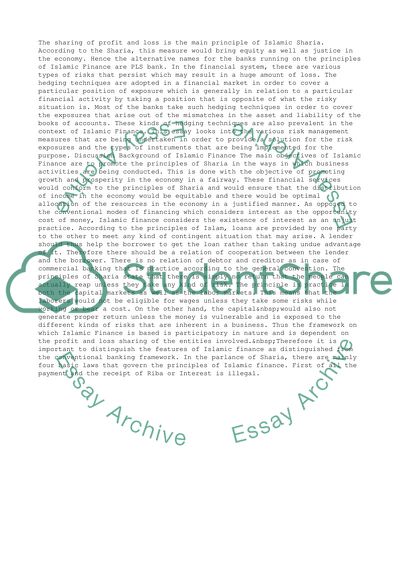Cite this document
(“Islamic contracts and hedge technique Essay Example | Topics and Well Written Essays - 2500 words”, n.d.)
Islamic contracts and hedge technique Essay Example | Topics and Well Written Essays - 2500 words. Retrieved from https://studentshare.org/business/1498737-islamic-contracts-and-hedge-technique
Islamic contracts and hedge technique Essay Example | Topics and Well Written Essays - 2500 words. Retrieved from https://studentshare.org/business/1498737-islamic-contracts-and-hedge-technique
(Islamic Contracts and Hedge Technique Essay Example | Topics and Well Written Essays - 2500 Words)
Islamic Contracts and Hedge Technique Essay Example | Topics and Well Written Essays - 2500 Words. https://studentshare.org/business/1498737-islamic-contracts-and-hedge-technique.
Islamic Contracts and Hedge Technique Essay Example | Topics and Well Written Essays - 2500 Words. https://studentshare.org/business/1498737-islamic-contracts-and-hedge-technique.
“Islamic Contracts and Hedge Technique Essay Example | Topics and Well Written Essays - 2500 Words”, n.d. https://studentshare.org/business/1498737-islamic-contracts-and-hedge-technique.


